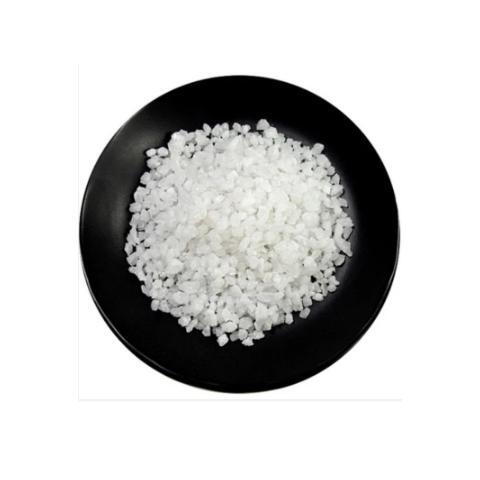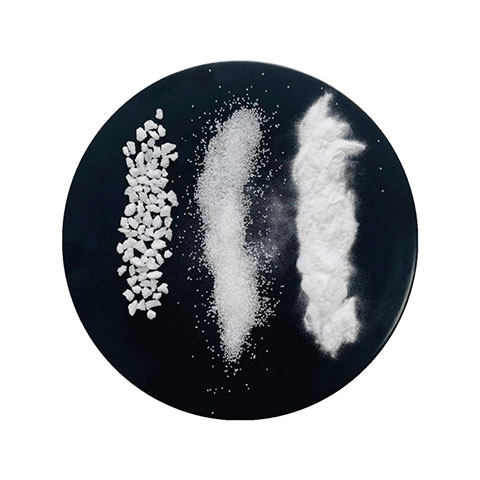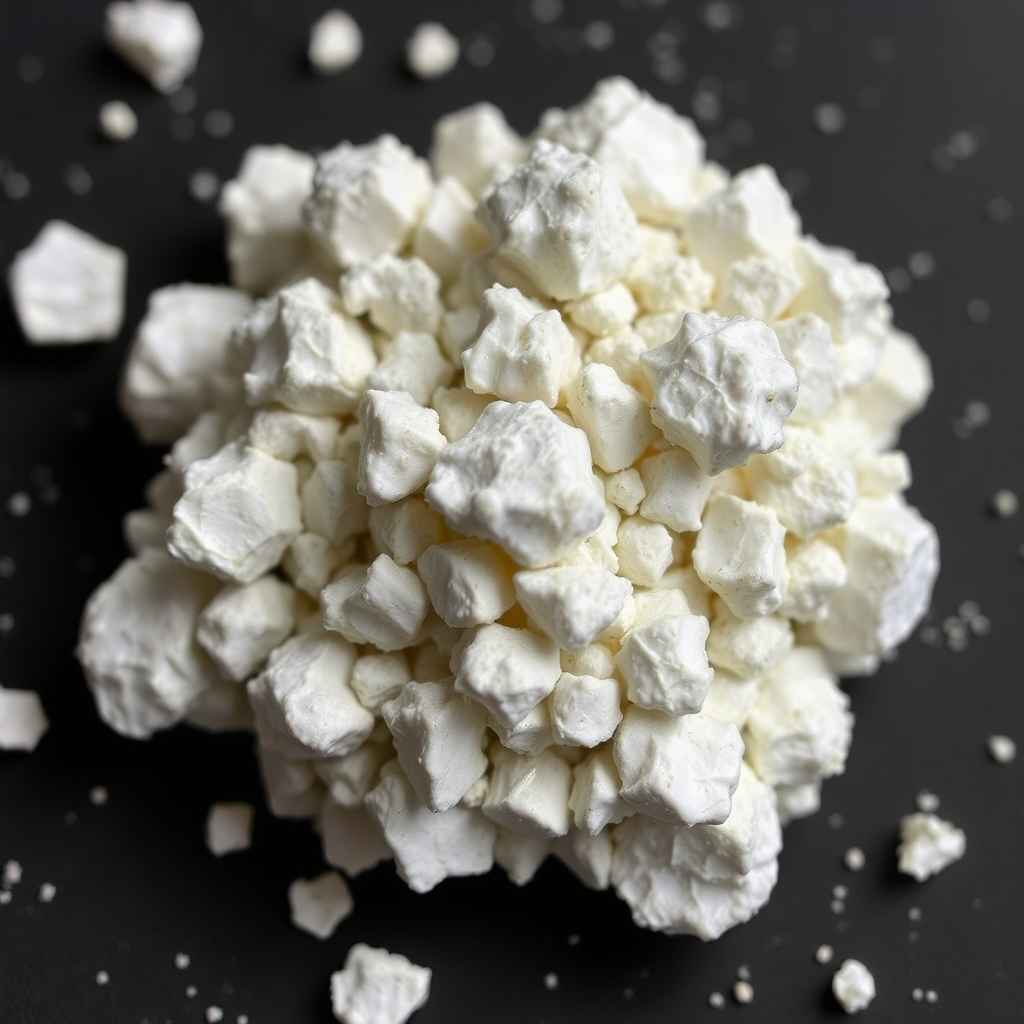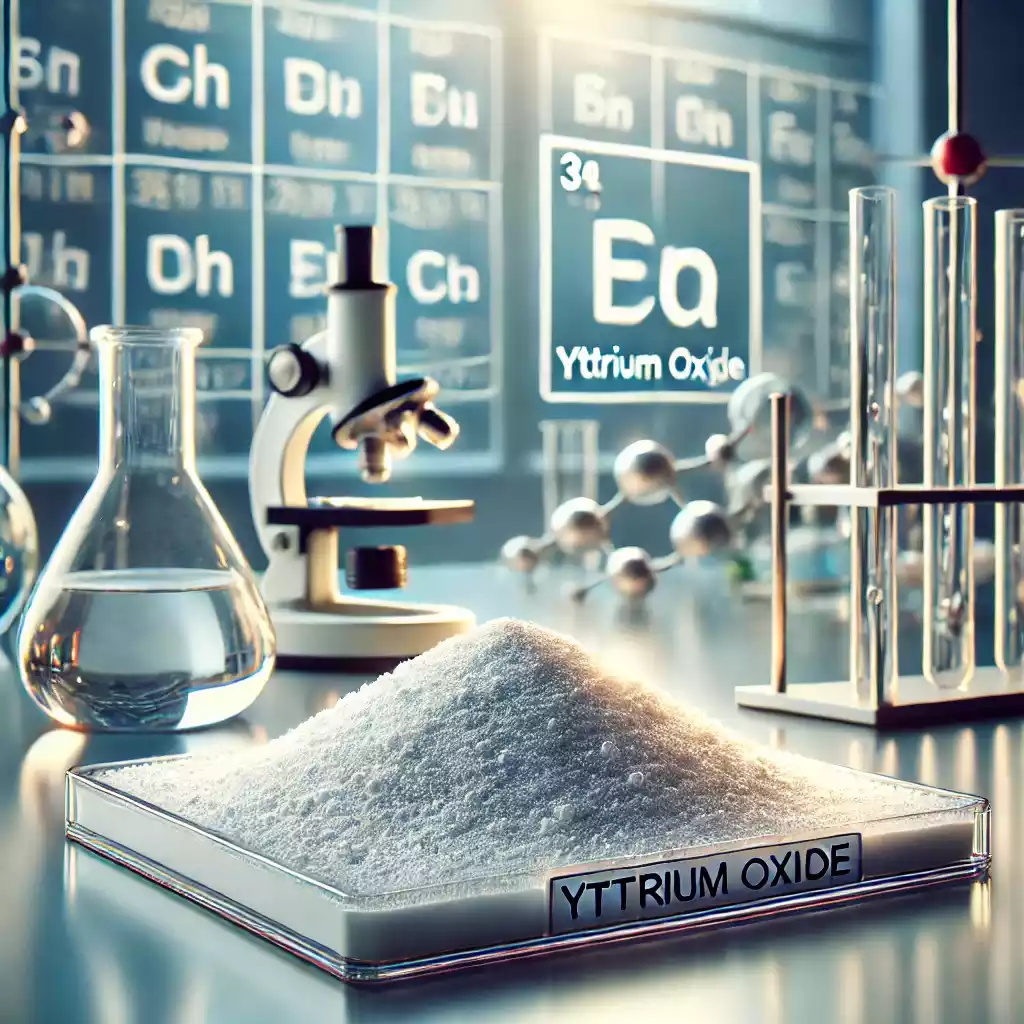![]()

Tabular Alumina Price: Key Factors and Market Insights
When it comes to sourcing high-quality refractory and abrasive materials, tabular alumina price is a crucial factor. Tabular alumina is widely used across industries for its thermal stability, high density, and excellent abrasion resistance, making it valuable in applications that demand durability under extreme conditions. This article breaks down the elements influencing tabular alumina prices, helping buyers make informed decisions on sourcing strategies.
Table of Contents
Overview of Tabular Alumina
Tabular alumina is an engineered form of aluminum oxide (Al₂O₃) known for its density, high purity, and ability to withstand intense temperatures. Created through a sintering process, this material is popular in high-stress industries, such as refractories, abrasives, and chemical processing, where reliable performance is essential. Understanding how the price of tabular alumina is set can be valuable for industries aiming to optimize production costs without compromising on material quality.
Internal Link Example: Discover more about abrasive and refractory materials to meet industrial demands.
Image:
High-grade raw materials for industrial resilience.
Factors Influencing Tabular Alumina Price
Several factors contribute to fluctuations in tabular alumina prices, from production costs to transportation fees. Here’s a breakdown of the primary influences:
| Factor | Description |
|---|---|
| Raw Material Cost | Cost of high-purity alumina significantly affects the price. |
| Energy Costs | Sintering at high temperatures consumes substantial energy, impacting overall production expenses. |
| Labor and Processing | Skilled labor and technical equipment required for precision processing add to the production cost. |
| Market Demand | Increasing demand in refractories and abrasives industries influences the price of tabular alumina. |
| Transportation Fees | Transporting dense materials like tabular alumina adds logistics costs, especially in remote regions. |
These factors affect prices across the global market, where buyers often see varying costs based on region, application demand, and shipping logistics.
Internal Links:
Explore rare earth products for high-demand materials or check our chemical raw materials catalog for diverse options.
Image:
High-quality fused alumina, essential for industrial applications.
Regional Price Variations
Pricing of tabular alumina varies significantly across regions, with factors like production facilities, energy costs, and local demand playing vital roles. For example:
- Asia: Asia has a substantial influence on global tabular alumina prices due to the concentration of production facilities and labor cost advantages. Rising demand in countries like China and India, especially for industrial manufacturing, also increases prices in certain markets – Asian Market Insights.
- Europe and America: European and American markets may experience higher costs due to stricter environmental regulations and energy expenses. However, the region’s high industrial demand for premium refractory materials sustains a steady market.
- Emerging Markets: Markets in South Korea, Japan, and parts of the Middle East are experiencing an uptick in demand for industrial-grade alumina, contributing to price variations.
Image:
Critical materials for thermal and abrasion-resistant applications.
Market Demand and Supply Trends
The demand for tabular alumina remains high in industries like steelmaking, ceramics, and petrochemicals. Supply chain factors and raw material availability often impact pricing, with the following trends observed:
- Growing Refractory Demand
As steel production surges, so does the demand for refractory materials like tabular alumina. Refractories used in furnace linings and high-temperature industrial processes rely on tabular alumina’s thermal stability. - Emerging Applications in Abrasives
Industries such as automotive manufacturing are driving demand for alumina in abrasive applications. Abrasives are essential for precise grinding, cutting, and polishing, impacting supply and demand dynamics. - Supply Constraints
Energy costs, production slowdowns, and geopolitical factors affect the global supply of tabular alumina. For example, energy-intensive production processes are subject to fluctuations in energy prices, which ripple through to material costs.
Understanding these trends can help industries align their procurement strategies with market conditions to achieve cost-effective, sustainable sourcing solutions.
Internal Link Example: View tabular alumina options available on our site for dependable, industrial-grade materials.
Applications and Impact on Pricing
Industries that use tabular alumina include steel manufacturing, glass production, and chemical processing. The price for tabular alumina can reflect the specialized requirements of different applications:
| Application | Impact on Price |
|---|---|
| Steel Manufacturing | High demand in the steel industry affects price due to its use in furnace linings and foundries. |
| Abrasive Manufacturing | Pricing varies based on the particle size and specific requirements for polishing and cutting. |
| Ceramics and Glass | Specialty uses in ceramics often lead to higher costs due to purity and density requirements. |
| Chemical Processing | For applications as a catalyst support, prices fluctuate with demand in petrochemical sectors. |
As a specialized material, tabular alumina requires customized processing to meet specific industrial needs, which impacts the overall cost.
Internal Link Example: Check out other materials in our abrasive and refractory catalog for a wide range of high-quality raw materials.
FAQs on Tabular Alumina Pricing
- What determines tabular alumina price?
Pricing is primarily affected by raw material costs, energy prices, and labor involved in its production process. - Why are there regional price differences?
Prices vary due to production costs, energy prices, and demand in specific regions, affecting supply and logistics expenses. - Is tabular alumina more expensive than fused alumina?
Yes, due to its denser structure and specialized sintering process, tabular alumina generally costs more than fused alumina. - How can I get the best price on tabular alumina?
Buying in bulk directly from trusted suppliers like Honrel can help reduce costs while ensuring quality and reliability. - Which industries use tabular alumina the most?
Steel manufacturing, chemical processing, and the glass and ceramics industries are the main consumers of tabular alumina.
Conclusion
The tabular alumina price is influenced by a variety of factors, from raw material and production costs to regional demand and specialized applications. As industries worldwide seek durable, high-performing materials, understanding the dynamics of tabular alumina pricing can enhance purchasing strategies and lead to more efficient, sustainable choices.
At Honrel, we offer a range of reliable and competitively priced tabular alumina options. Explore our catalog today to find high-quality materials that meet your industry’s standards, helping you save time and resources in your procurement process. Visit us at Honrel for all your chemical raw material needs.



